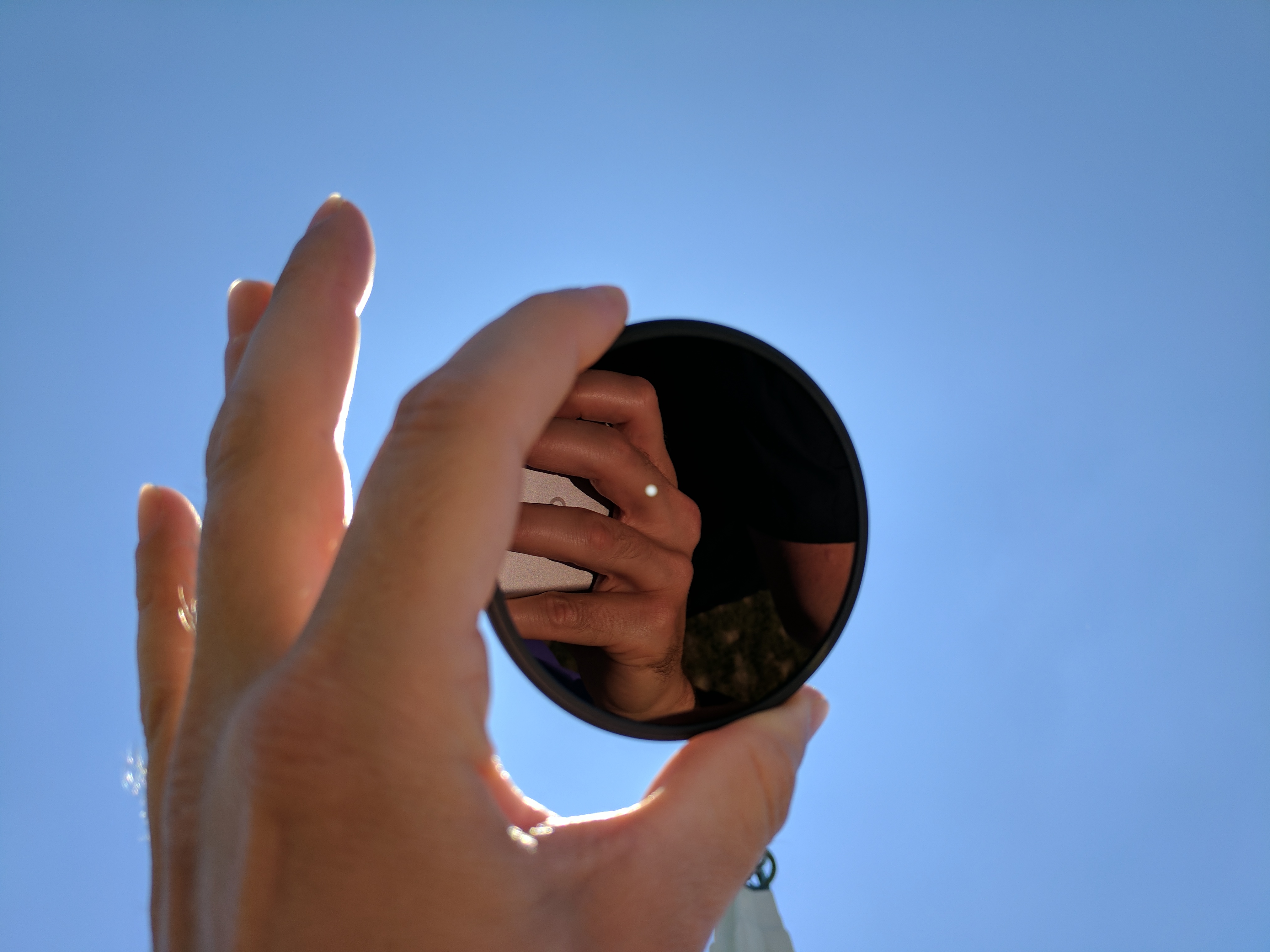We talk to a pro photographer to get his tips and tricks for taking the best photos of the total solar eclipse!
Follow KTLA Tech Reporter Rich DeMuro on Facebook or Twitter for cool apps, tech tricks & tips!
Lucas Gilman is a pro photographer and Nikon ambassador. He travels around the world taking adventure photos of all kinds of cool stuff.
His advice when it comes to capturing the eclipse? Safety first.
You want to protect both your eyes and the lens of the camera you’re using. Aim either directly at the sun and you could ruin your eyes or your camera. Here is a good PDF from NASA with more information on that.
He recommends eclipse safety glasses that are CE and ISO certified. Otherwise, they might not offer the proper protection.

For your camera, a solar lens or solar film will work to protect it. He is going to shoot the eclipse using a Nikon D500 with an 80 to 400 lens. He recommends looking through the LCD display instead of the viewfinder to further protect your eyes from harmful rays.
Plan ahead. Go out to the area you expect to shoot in the day before. This way you can see where the sun will be in the sky and get an idea of where you will set up.
Gilman likes an app called PhotoPills, which can help you plan the best time to capture your photos. It is pricey at $10, but you can use it to discover other amazing times and places to capture amazing looking photos.
Finally, when it comes to your smartphone… you’re better off using it to capture the sights around you and not the sun. You won’t get a very good picture of the eclipse with such a tiny lens.















